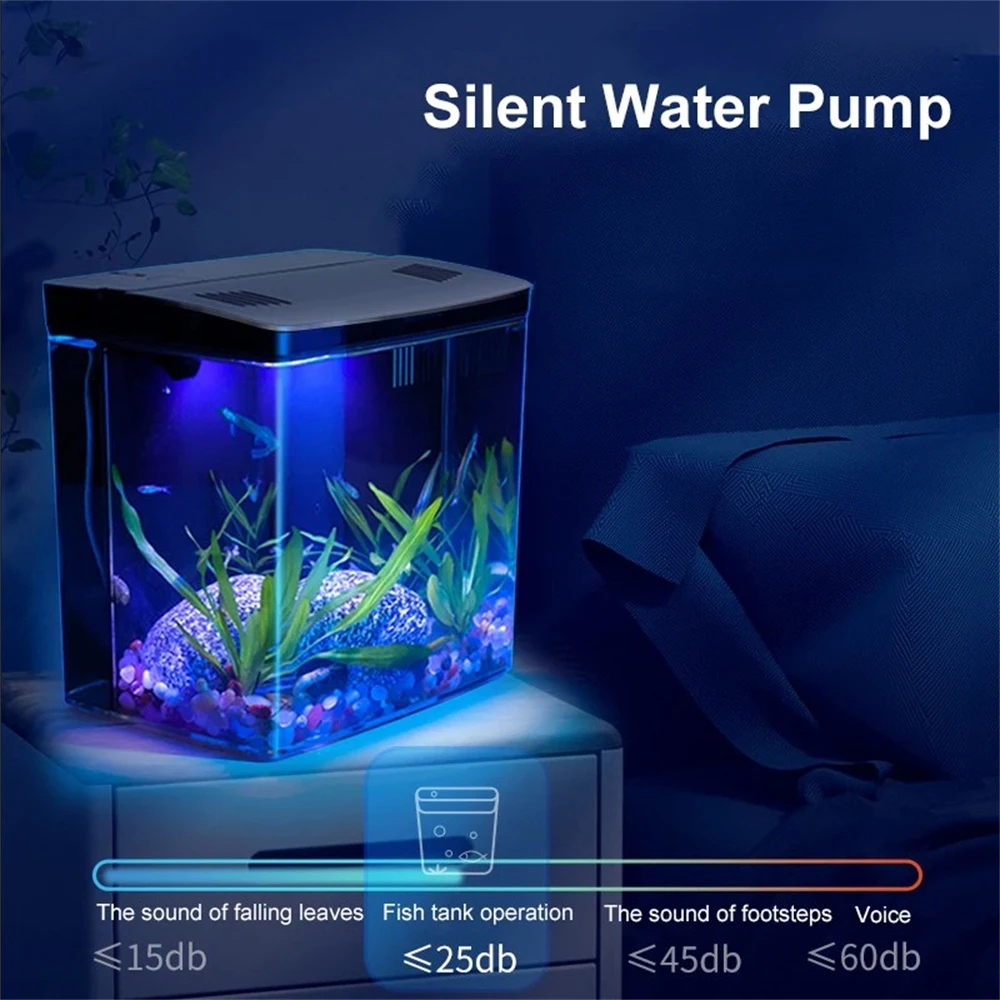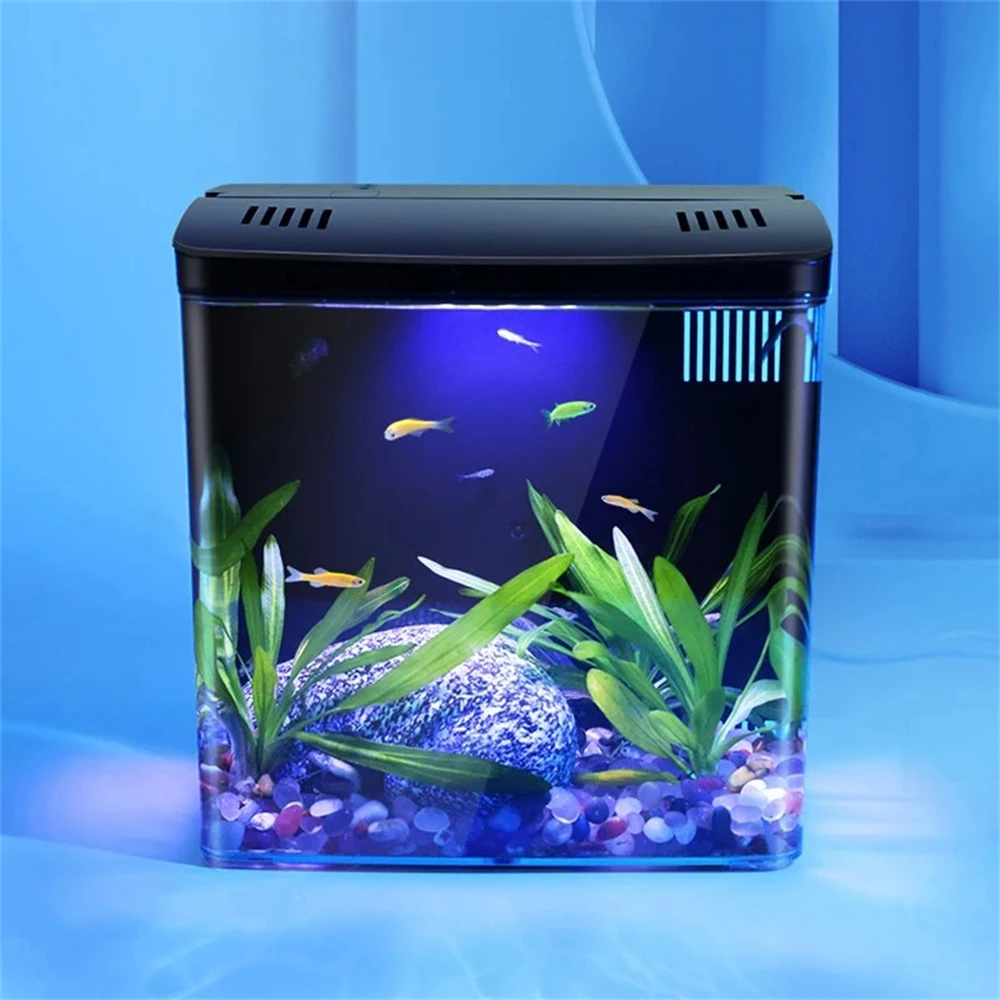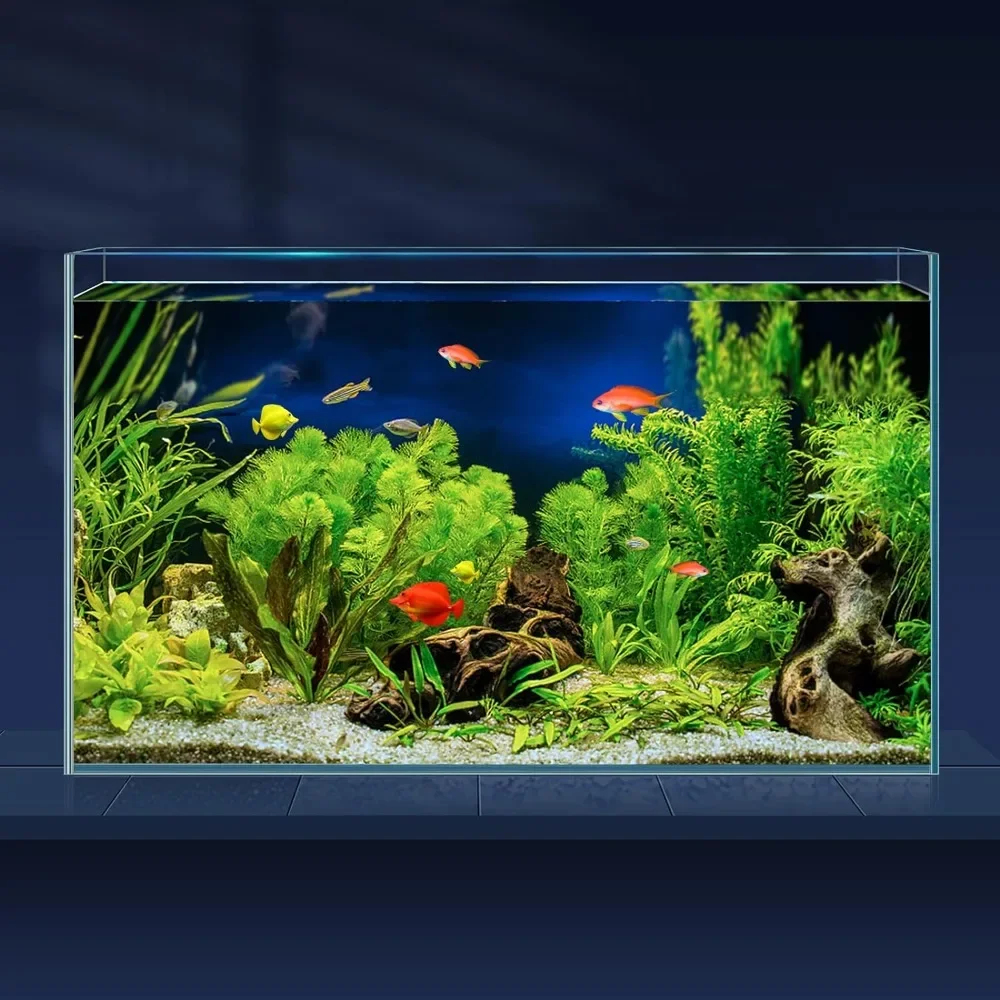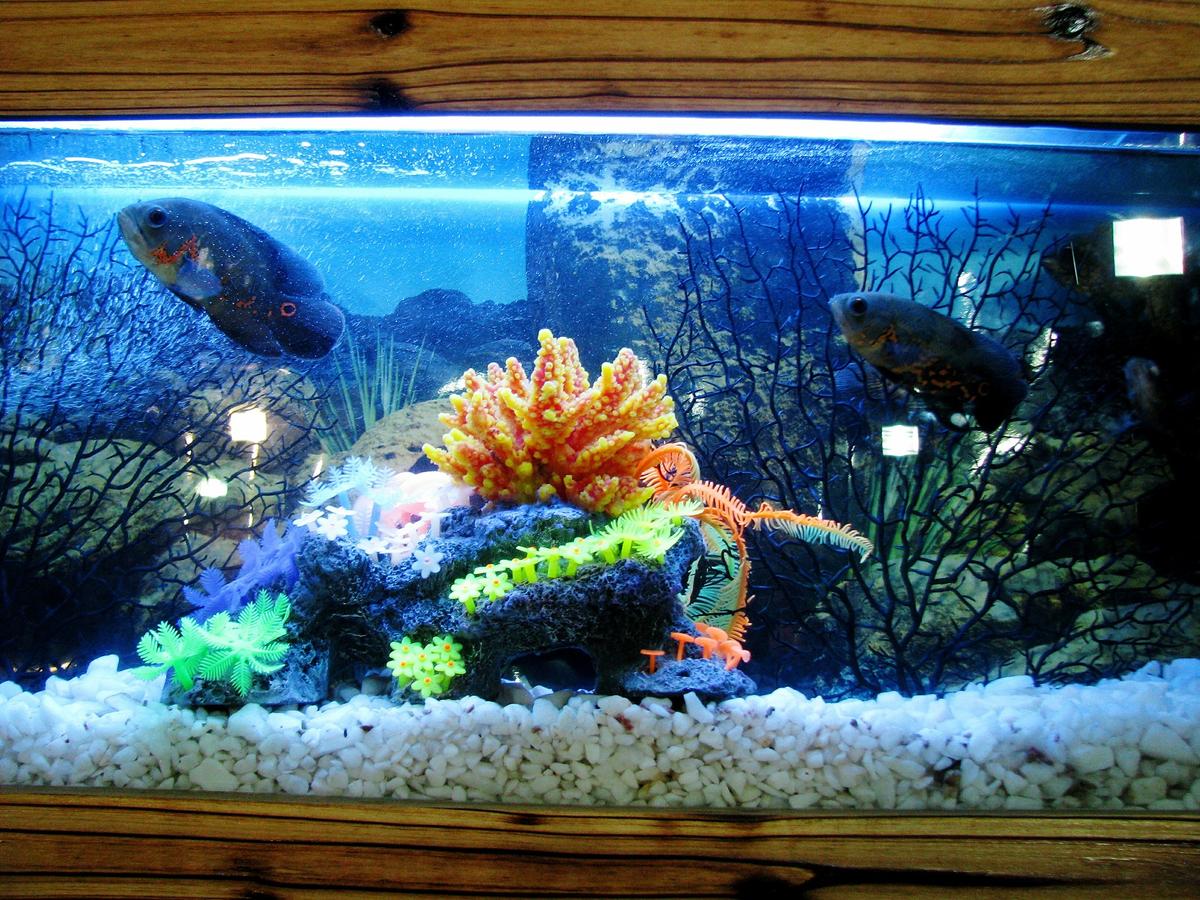Creating and maintaining a thriving aquatic ecosystem in your home not only beautifies your living space but also provides a calming, meditative hobby. An aquarium filled with vibrant fish and lush aquatic plants can be a mesmerizing sight, but achieving this oasis requires diligent care and attention. This comprehensive guide delves into the fundamental tips and techniques for fish tank maintenance and upkeep, ensuring a healthy environment for your finned friends.
Understanding the Fundamentals
Before diving into the nitty-gritty of maintenance, it’s crucial to grasp the basic principles that govern aquarium ecosystems. A balanced aquarium relies on the interplay of three primary elements: filtration, water chemistry, and biological loading. Effective filtration removes harmful waste products, while maintaining the right pH, temperature, and nutrient levels in the water is vital for fish health. Biological loading refers to the total biomass (fish, plants, and microorganisms) the aquarium can sustainably support.
Lighting and circulation also play pivotal roles. Appropriate lighting not only enhances the visual appeal of your aquarium but also supports plant growth and influences fish behavior. Water circulation ensures dissolved oxygen distribution and prevents dead spots where toxins can accumulate. Understanding these basics sets the foundation for successful aquarium upkeep.

Setting Up for Success
The journey towards a flourishing aquatic oasis begins with careful planning and setup. Start by selecting an aquarium size that aligns with your space, budget, and commitment level. Larger tanks are generally easier to maintain due to their stability, but ensure you have the means to support its weight and accommodate its dimensions.
Invest in a high-quality filter system tailored to your tank size. Canister filters, hang-on-back filters, and internal filters each have their pros and cons, so research accordingly. Don’t forget about heating and lighting systems that suit the specific requirements of your fish and plants. Lastly, a sturdy stand and appropriate substrate lay the groundwork for a stable and aesthetically pleasing tank.
Water Management: The Lifeblood of Your Aquarium
Maintaining optimal water quality is paramount. Regular partial water changes (typically 10-20% weekly or bi-weekly) refresh the aquarium, removing accumulated toxins and replenishing essential minerals. Use a gravel vacuum during water changes to siphon debris from the substrate. Always treat tap water with a conditioner to remove chlorine and chloramines before adding it to the tank.
Monitoring water parameters like pH, ammonia, nitrite, nitrate, and hardness is crucial. Test kits are available for at-home measurements, enabling you to promptly address any imbalances. Aim for stable readings: a neutral pH around 7.0, zero ammonia and nitrite, and low nitrate levels (ideally below 20 ppm).
Nutrition and Feeding Habits
A balanced diet is vital for the wellbeing of your aquatic inhabitants. Research the dietary needs of each species in your tank, as they can vary significantly. Offer a mix of commercial flakes, pellets, frozen, and live foods to mimic their natural diet. Overfeeding can lead to water quality issues, so feed only what your fish can consume within a few minutes, once or twice daily.
Be mindful of the feeding technique. Scatter food evenly to prevent aggression and ensure all fish have access. Remove uneaten food promptly to prevent decomposition, which can release harmful ammonia into the water.

Aquascaping and Plant Care
Aquascaping transforms your aquarium into a living work of art. Choose plants that complement your fish species and provide hiding spots and breeding grounds. Live plants also contribute to water quality by absorbing nutrients and producing oxygen through photosynthesis. Research the lighting, substrate, and fertilization needs of your chosen plants to ensure their longevity.
Regular pruning and trimming prevent overgrowth and maintain the aesthetic appeal of your aquascape. Use a pair of sharp scissors or specialized aquatic tools to avoid damaging the plants. Monitor for signs of disease or pests and address promptly to prevent spread.
Fish Health and Behavior Observation
Regular observation is key to detecting early signs of stress or illness in your fish. Watch for changes in behavior, appetite, coloration, or fins. Quarantine new arrivals before introducing them to your main tank to prevent the spread of diseases.
Stress can be caused by poor water conditions, overcrowding, aggression, or inappropriate tank mates. Address underlying issues promptly and provide hiding places like caves or plants for stressed fish. Regularly inspect your fish for parasites or infections and consult a veterinarian specializing in aquatic pets for treatment advice.
Dealing with Algae and Maintenance Tasks
Algae growth, while natural, can quickly overrun your aquarium if unchecked. Regular water changes, limiting excess nutrients, and ensuring adequate lighting cycles can help control algae. Mechanical cleaning with algae magnets or scrapers, along with introducing algae-eating species like certain types of snails or shrimp, can also help manage growth.
Routine maintenance tasks beyond water changes include checking and cleaning filter media, inspecting equipment for wear and tear, and monitoring temperature and lighting settings. Keep a maintenance log to track tasks and water test results, ensuring consistency and improving your ability to identify patterns or issues.
Enhancing Your Aquatic Oasis: Advanced Techniques and Creative Ideas
Once you’ve mastered the basics of fish tank maintenance and your aquatic ecosystem is thriving, it’s time to explore advanced techniques and creative ideas that elevate your aquarium from ordinary to extraordinary. These enhancements not only enrich the visual appeal but also foster a more intricate and dynamic environment for your fish and plants.

Advanced Water Management
Implementing reverse osmosis (RO) or deionized water systems can take your water purity to the next level, especially if your tap water contains high levels of impurities or minerals. RO/DI systems remove virtually all contaminants, providing a blank slate for precise water parameter adjustments tailored to your specific aquatic community.
Automated water change systems simplify maintenance routines, ensuring consistent water quality with less manual intervention. These systems can be programmed to perform regular partial water changes, maintaining optimal conditions even during busy periods.
Innovative Lighting Solutions
Upgrading to LED lighting not only saves energy but also offers greater control over spectrum and intensity, enhancing plant growth and showcasing fish colors. Programmable LED setups simulate natural day-night cycles and seasonal changes, promoting a healthy environment and adding visual spectacle to your aquarium.
Experiment with specialized lighting for planted tanks, such as CO2 injection systems combined with high-output LEDs, to create a lush underwater jungle. This advanced technique accelerates plant growth and fosters a thriving ecosystem teeming with life.
Advanced Filtration Techniques
Incorporating additional filtration methods like fluidized bed filters or protein skimmers can significantly boost water clarity and health. Fluidized beds excel at biological filtration, fostering beneficial bacteria colonies for efficient ammonia and nitrite removal. Protein skimmers, commonly used in saltwater tanks, remove organic compounds before they break down, maintaining pristine water conditions.
Consider integrating a refugium, a separate chamber within your sump or as a side-tank, which supports a mini-ecosystem of macroalgae, copepods, and other beneficial organisms. This natural method aids in nutrient export, reduces nitrate levels, and provides supplementary food sources for fish and corals.
Creating a Harmonious Aquatic Community
Building a thriving aquatic community involves selecting compatible species that coexist peacefully. Research the adult size, temperament, and habitat preferences of each fish to avoid overcrowding and aggressive interactions. Gradual introduction of new fish, careful consideration of their social structures, and maintaining a balanced ratio of males to females can all contribute to a stable ecosystem.
Lastly, remember that patience is key. Establishing a balanced aquarium takes time; it’s a process of trial, error, and learning. With dedication, consistent maintenance, and a genuine love for your underwater world, you’ll soon create an aquatic oasis that brings joy and tranquility to your home.










